Planetary Exploration Technologies
Future missions and new concepts for planetary investigations require miniaturisation, high efficiency, lower power consumption, extreme temperature ranges, radiation tolerance, high shock resistance, high integration, mobility and many additional requirements on the instruments side.
Studies, and eventual early development, of principle concepts is important in order to have key enabling technologies available in a timely manner. Furthermore, it is often the case that details of particular technical solutions are required even during the feasibility studies and assessment studies, to achieve realistic assumptions on resources and challenges in the development, realization, accommodation and cost.
Below is a (non-exhaustive) overview on activities, which have been performed or supported by SRE-PAP in close cooperation with SRE-PAT, SRE-PAI and DTEC:
In-orbit remote sensing payload
- Laser altimeter
- Radar and subsurface radar concepts
- Microwave sounder
- Miniaturisation of payloads
- Integration of instruments into a suite
- Instrument power supply concepts
- Detectors and front-end electronics
- Payload performance simulator
Surface and subsurface payload
- Water detection
- Sample preparation (drilling, grinding, digging, and so on)
- Advanced robotics
- Swarms of smart robotic sensors
- Solar sailing and other new propulsion systems
- Hard penetrators
- Soft landing
- Rover and moles
- Ice penetrator (melting probes)
- Data transfer and communications technologies
- Microprobes and aerobots
- High-density power sources
Spacecraft technologies
- Solar sailing and other new propulsion systems
- Low Intensity Low Temperature (LILT) Solar Cell technology
- Atmospheric Entry Probes (Jupiter, Venus)
- Mercury Landing Technology
Current Projects
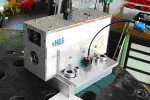 |
GIPF Geochemical Instrument Package Facility A suite of instruments with a complementary set of analytical methods to analyse rock and soil samples. |
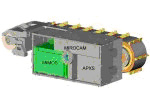 |
HICoP Highly Integrated Communalised Payload System Study and design of a Highly Integrated Communalised Payload System for a planetary exploration rover. |
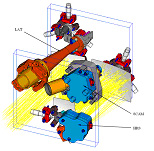 |
HIPS Highly Integrated Payload Suite A study with bread boarding of critical components to demonstrate the capabilities, challenges and limitations of such a concept for a remote sensing payload. |
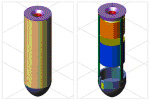 |
Melting Probe |
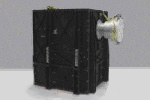 |
MIDAS Micro-Imaging Dust Analysis System To analyse cometary material in-situ by imaging the micro-topography and micro-textural units of captured cometary dust particles. |
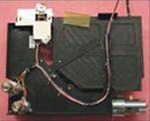 |
IMS Instrumented Mole System A mobile penetrometer designed to carry a small suite of scientific instruments and penetrate the subsurface down to a depth of 3 to 5 metres. |
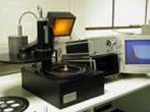 |
OSL Optically Stimulated Luminescence Dating Development of a technique and instrument for determining the burial age of sedimentary rocks. |
